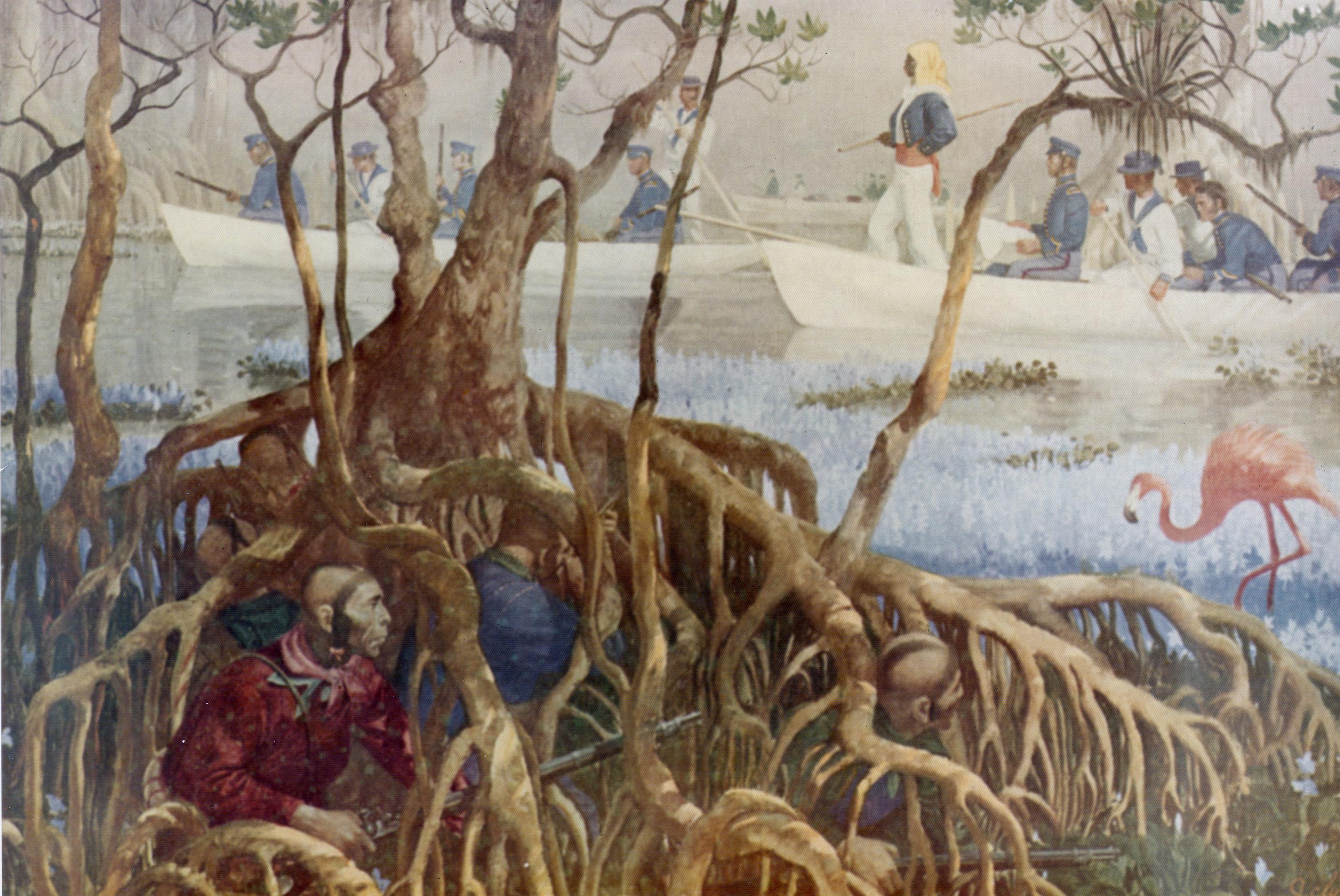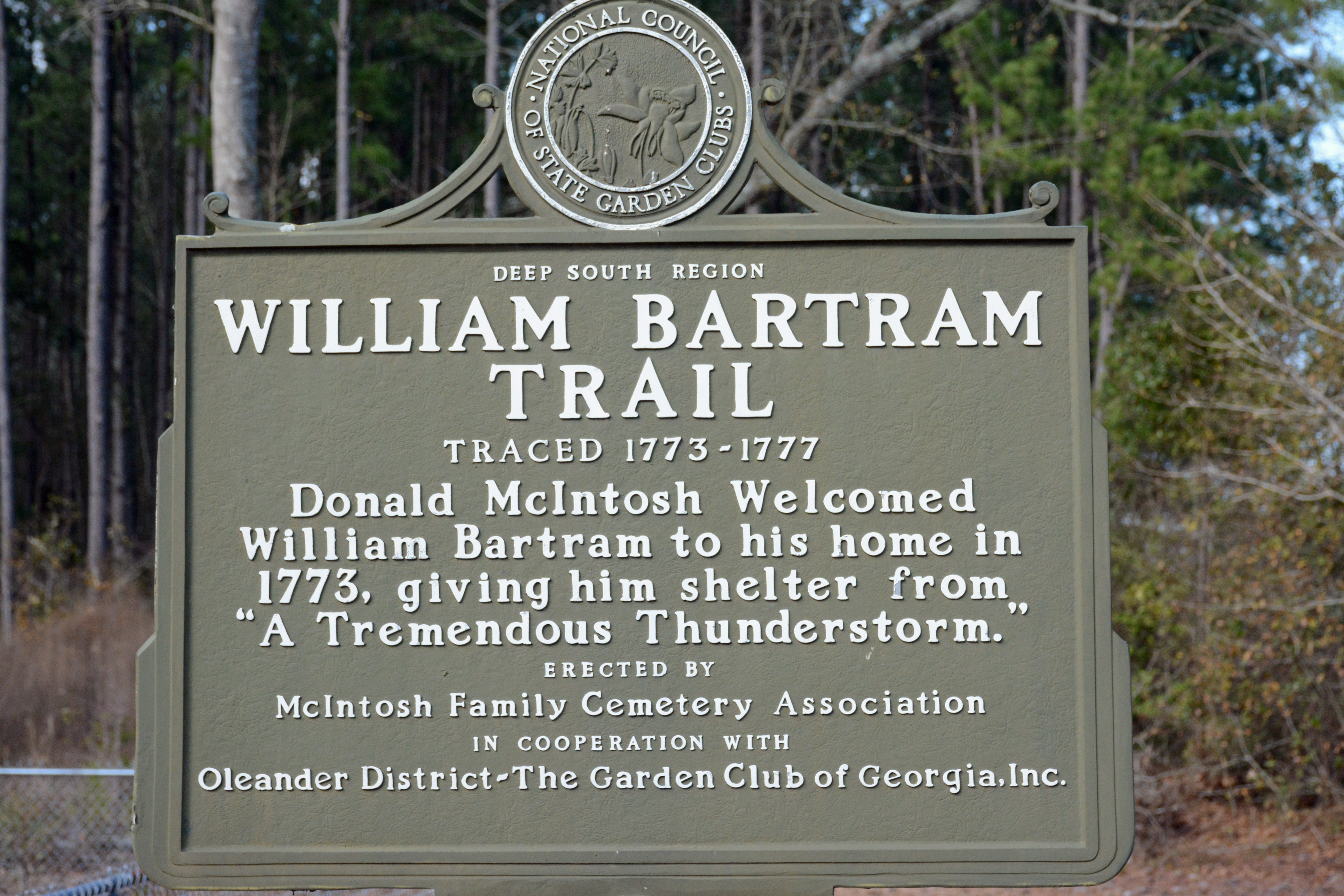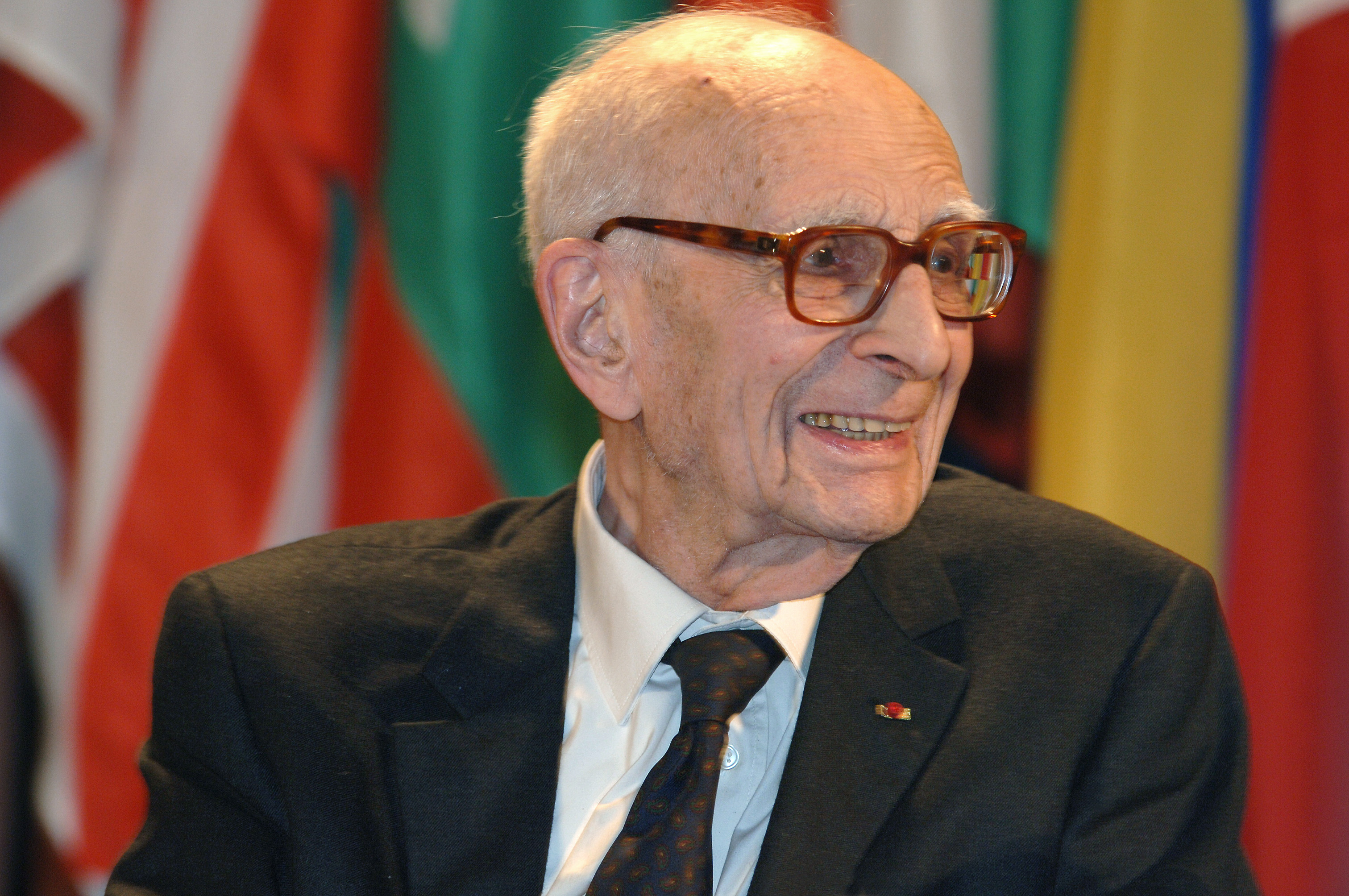|
Alachua County
Alachua County ( ) is a county in the north central portion of the U.S. state of Florida. As of the 2020 census, the population was 278,468. The county seat is Gainesville, the home of the University of Florida. History Prehistory and early European settlements The first people known to have entered the area of Alachua County were Paleo-Indians, who left artifacts in the Santa Fe River basin before 8000 BC. Artifacts from the Archaic period (8000 - 2000 BC) have been found at several sites in Alachua County. Permanent settlements appeared in what is now Alachua County around 100 AD, as people of the wide-ranging Deptford culture developed the local Cades Pond culture. The Cades Pond culture gave way to the Alachua culture around 600 AD. The Timucua-speaking Potano tribe lived in the Alachua culture area in the 16th century, when the Spanish entered Florida. The Potano were incorporated by the colonists in the Spanish mission system, but new infectious diseases, reb ... [...More Info...] [...Related Items...] OR: [Wikipedia] [Google] [Baidu] |
List Of Counties In Florida
There are 67 County (United States), counties in the U.S. state of Florida, which became a Territories of the United States, territory of the U.S. in 1821 with two counties complementing the provincial divisions retained as a Spanish territory, Escambia County, Florida, Escambia to the west and St. Johns County, Florida, St. Johns to the east. The two counties were divided by the Suwannee River. All of the other counties were created later from these two original counties. Florida became the 27th U.S. state in 1845, and its last county was created in 1925 with the formation of Gilchrist County, Florida, Gilchrist County from a segment of Alachua County, Florida, Alachua County. Florida's counties are subdivisions of the Government of Florida, state government. Florida's most populous county is Miami-Dade County, Florida, Miami-Dade County, the seventh most populous county in the nation, with a population of 2,701,767 as of the 2020 United States census, 2020 census. In 1968, c ... [...More Info...] [...Related Items...] OR: [Wikipedia] [Google] [Baidu] |
Spanish Missions In Florida
Beginning in the second half of the 16th century, the Kingdom of Spain established Christian missions, missions in Spanish Florida (''La Florida'') in order to convert the Native Americans in the United States, indigenous tribes to Roman Catholicism, to facilitate control of the area, and to obstruct regional colonization by Protestants, particularly, those from Kingdom of England, England and Kingdom of France, France. Spanish Florida originally included much of what is now the Southeastern United States, although Spain never exercised long-term effective control over more than the northern part of what is now the State of Florida from present-day St. Augustine, Florida, St. Augustine to the area around Tallahassee, Florida, Tallahassee, southeastern Georgia (U.S. state), Georgia, and some coastal settlements, such as Pensacola, Florida. A few short-lived missions were established in other locations, including Mission Santa Elena in present-day South Carolina, around the Florida ... [...More Info...] [...Related Items...] OR: [Wikipedia] [Google] [Baidu] |
Seminole Wars
The Seminole Wars (also known as the Florida Wars) were a series of three military conflicts between the United States and the Seminoles that took place in Florida between about 1816 and 1858. The Seminoles are a Native American nation which coalesced in northern Florida during the early 1700s, when the territory was still a Spanish colonial possession. Tensions grew between the Seminoles and American settlers in the newly independent United States in the early 1800s, mainly because enslaved people regularly fled from Georgia into Spanish Florida, prompting slaveowners to conduct slave raids across the border. A series of cross-border skirmishes escalated into the First Seminole War, when American general Andrew Jackson led an incursion into the territory over Spanish objections. Jackson's forces destroyed several Seminole, Mikasuki and Black Seminole towns, as well as captured Fort San Marcos and briefly occupied Pensacola before withdrawing in 1818. The U.S. and Spain soon ... [...More Info...] [...Related Items...] OR: [Wikipedia] [Google] [Baidu] |
King Payne
King Payne (died 1812) was a son of the Seminole high chief Cowkeeper and succeeded him as leading chief of the Seminoles upon his death in 1783. He led his people against the Spanish and Americans from Georgia and established a number of towns and villages, including Paynes Town in Paynes Prairie, both of which are named for him. Paynes Prairie is in present-day Alachua County, Florida, between Gainesville and Micanopy. U.S. Route 441 and Interstate 75 cut through the prairie. On September 27, 1812, Payne and a group of Seminoles as well as black allies were attacked by a force led by Daniel Newnan during the Patriot War The Patriot War was a conflict along the Canada–United States border in which bands of raiders attacked the United Kingdom of Great Britain and Ireland, British colony of Upper Canada more than a dozen times between December 1837 and Decemb .... Payne was shot and succumbed from his wounds days later. He was succeeded as leading chief by his bro ... [...More Info...] [...Related Items...] OR: [Wikipedia] [Google] [Baidu] |
William Bartram
William Bartram (April 20, 1739 – July 22, 1823) was an American naturalist, writer and explorer. Bartram was the author of an acclaimed book, now known by the shortened title Bartram's ''Travels'', which chronicled his explorations of the Southern Colonies of British North America from 1773 to 1777. Bartram has been described as "the first naturalist who penetrated the dense tropical forests of Florida". Bartram was one of the first ornithologists born in America. In 1756, at the age of 17, he collected the type specimens of 14 species of American birds, which were illustrated and described by the English naturalist George Edwards in ''Gleanings of Natural History'' vol. 2 (1760). These accounts formed the basis of the scientific descriptions of Linnaeus (1707–1778), Johann Friedrich Gmelin (1748–1804) and John Latham (1740–1837). Bartram also made significant contributions to botanical literature. Like his father, he was a member of the American Philosophical Societ ... [...More Info...] [...Related Items...] OR: [Wikipedia] [Google] [Baidu] |
Ahaya
Ahaya (c. 1710 – 1783) was the first recorded chief of the Alachua band of the Seminole tribe. European-Americans called him Cowkeeper, as he held a very large herd of cattle. Ahaya was the chief of a town of Oconee people near the Chattahoochee River. Around 1750 he led his people into Florida where they settled around Payne's Prairie, part of what the Spanish called ''tierras de la chua'', "Alachua Country" in English. The Spanish called Ahaya's people ''cimarones'', which eventually became "Seminoles" in English. Ahaya fought the Spanish, and sought friendship with the British, allying with them after Spain ceded Florida to Great Britain in 1763, and staying loyal to them through the American Revolutionary War. He died shortly after Britain returned Florida to Spain in 1783. Names Ahaya The chief of the Alachua band of Seminoles was usually called "Cowkeeper" by the British while they ruled East Florida. William Bartram, who visited the Alachua Seminoles and has provided ... [...More Info...] [...Related Items...] OR: [Wikipedia] [Google] [Baidu] |
Oconee People
Oconee was a tribal town of Mikasuki language, Hitchiti-speaking Indigenous peoples of the Southeastern Woodlands during the 17th and 18th centuries. First mentioned by the Spanish Florida, Spanish as part of the Apalachicola Province on the Chattahoochee River, Oconee moved with other towns of the province to central Georgia (U.S. state), Georgia between 1690 and 1692. In 1715, early in the Yamasee War, Oconee and the other towns of the former Apalachicola Province moved back to the Chattahoochee River. Around 1750, part of the people of Oconee, under the leadership of Ahaya, moved to Florida, settling next to the Paynes Prairie, Alachua Prairie. The members of the tribal town in Florida were joined by people from other Hitchiti-speaking towns and became Seminoles. The remaining Oconee members stayed on the Chattahoochee River through the 18th century. Name Oconee is also written Aconnee, Ocone, and Oconi. "Oconee", "Ocone", and "Oconi" were also the names of a Oconi, Timucua ... [...More Info...] [...Related Items...] OR: [Wikipedia] [Google] [Baidu] |
Sinkholes
A sinkhole is a depression or hole in the ground caused by some form of collapse of the surface layer. The term is sometimes used to refer to doline, enclosed depressions that are also known as shakeholes, and to openings where surface water enters into underground passages known as ''ponor'', swallow hole or swallet. A ''cenote'' is a type of sinkhole that exposes groundwater underneath. ''Sink'', and ''stream sink'' are more general terms for sites that drain surface water, possibly by infiltration into sediment or crumbled rock. Most sinkholes are caused by Karst topography, karst processes – the chemical dissolution of carbonate rocks, collapse or suffosion processes. Sinkholes are usually circular and vary in size from tens to hundreds of Metre, meters both in diameter and depth, and vary in form from soil-lined bowls to bedrock-edged chasms. Sinkholes may form gradually or suddenly, and are found worldwide. Formation Natural processes Sinkholes may capture surf ... [...More Info...] [...Related Items...] OR: [Wikipedia] [Google] [Baidu] |
Anthropologist
An anthropologist is a scientist engaged in the practice of anthropology. Anthropologists study aspects of humans within past and present societies. Social anthropology, cultural anthropology and philosophical anthropology study the norms, values, and general behavior of societies. Linguistic anthropology studies how language affects social life, while economic anthropology studies human economic behavior. Biological (physical), forensic, and medical anthropology study the biology and evolution of humans and their primate relatives, the application of biological anthropology in a legal setting, and the study of diseases and their impacts on humans over time, respectively. Education Anthropologists usually cover a breadth of topics within anthropology in their undergraduate education and then proceed to specialize in topics of their own choice at the graduate level. In some universities, a qualifying exam serves to test both the breadth and depth of a student's understandi ... [...More Info...] [...Related Items...] OR: [Wikipedia] [Google] [Baidu] |
Suwannee County, Florida
Suwannee County is a county located in the north central portion of the state of Florida. As of the 2020 census, the population was 43,474, up from 41,551 in 2010. Its county seat is Live Oak. Suwannee County was a dry county until August 2011, when the sale of alcoholic beverages became legal in the county. History Suwannee County was created in 1858, as railways were constructed through the area connecting it to Jacksonville, Tallahassee, and points north. It was named after the Suwannee River, which forms the county's northern, western, and much of its southern border. The word "Suwannee" may either be a corruption of the Spanish ''San Juan'' ("Saint John") or from the Cherokee ''sawani'' ("echo river"). During the American Civil War, Company K of the 3rd Florida Infantry Regiment was composed almost entirely of men from Suwannee County. In 1884, Florida's volunteer militia was reorganized and the Suwanee Rifles were established. The Rifles were among the twelve compani ... [...More Info...] [...Related Items...] OR: [Wikipedia] [Google] [Baidu] |
Sinkhole
A sinkhole is a depression or hole in the ground caused by some form of collapse of the surface layer. The term is sometimes used to refer to doline, enclosed depressions that are also known as shakeholes, and to openings where surface water enters into underground passages known as ''ponor'', swallow hole or swallet. A ''cenote'' is a type of sinkhole that exposes groundwater underneath. ''Sink'', and ''stream sink'' are more general terms for sites that drain surface water, possibly by infiltration into sediment or crumbled rock. Most sinkholes are caused by Karst topography, karst processes – the chemical dissolution of carbonate rocks, collapse or suffosion processes. Sinkholes are usually circular and vary in size from tens to hundreds of Metre, meters both in diameter and depth, and vary in form from soil-lined bowls to bedrock-edged chasms. Sinkholes may form gradually or suddenly, and are found worldwide. Formation Natural processes Sinkholes may capture surf ... [...More Info...] [...Related Items...] OR: [Wikipedia] [Google] [Baidu] |
Payne's Prairie
Paynes Prairie Preserve State Park is a Florida State Park, encompassing a savanna in Alachua County, Florida lying between Micanopy and Gainesville. It is also a U.S. National Natural Landmark. It is crossed by both I-75 and U.S. 441 (which has a scenic outlook ramp). It is in the center of the Paynes Prairie Basin. The basin's primary source of drainage is Alachua Sink. During occasional wet periods, the basin will become full. A notable period occurred from 1871 to 1891 when the Alachua Sink was temporarily blocked. During this period, shallow draft steamboats were a frequent sight on Alachua Lake in the center of the prairie. The region was also historically known as the Alachua Savannah. Its drainage has been modified by several canals. Since 1927, Camps Canal has linked the basin to the River Styx which leads to Orange Lake and eventually the Atlantic Ocean through the St. Johns River. That reduced the basin's water intake by half. Additional changes to the prairie' ... [...More Info...] [...Related Items...] OR: [Wikipedia] [Google] [Baidu] |






